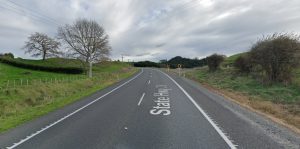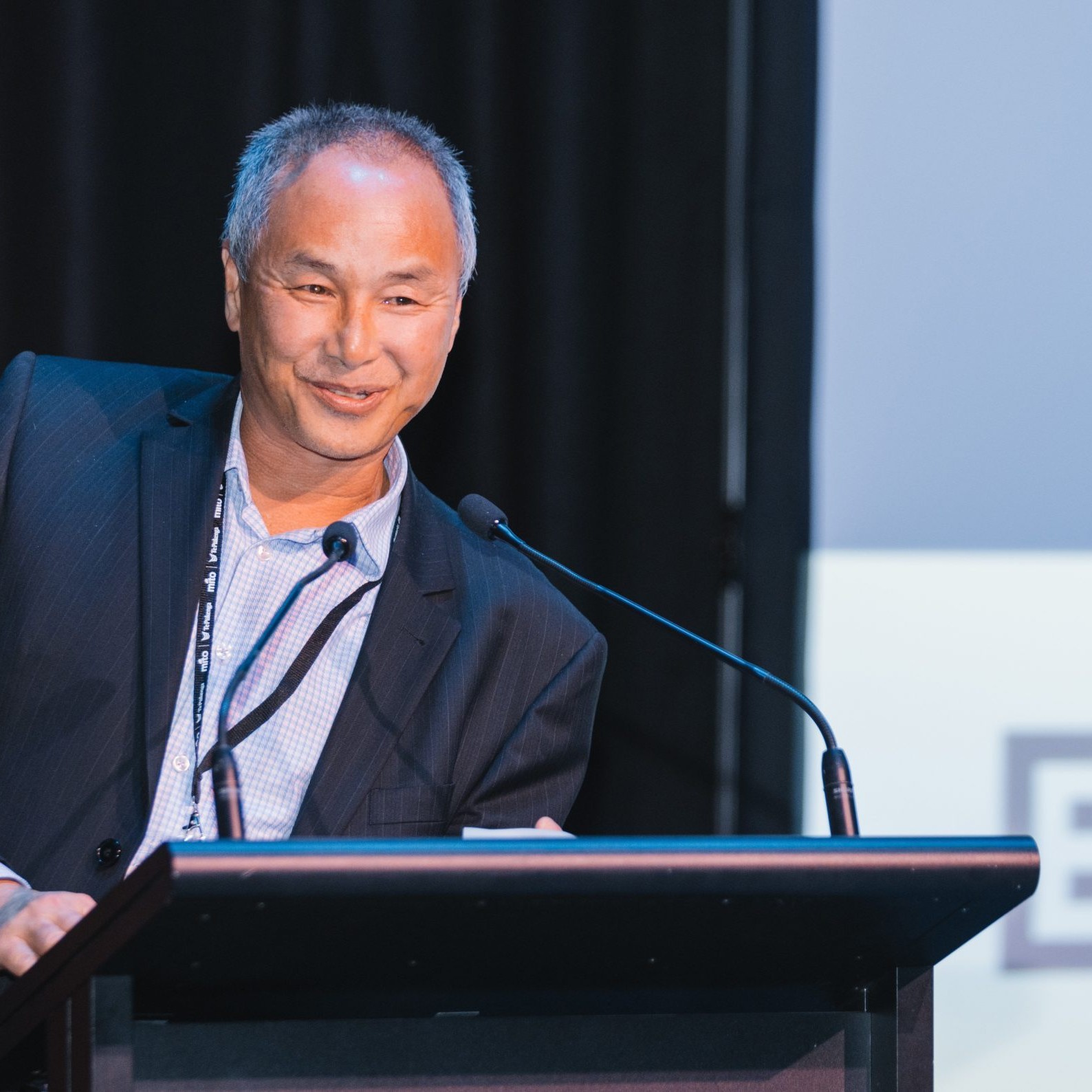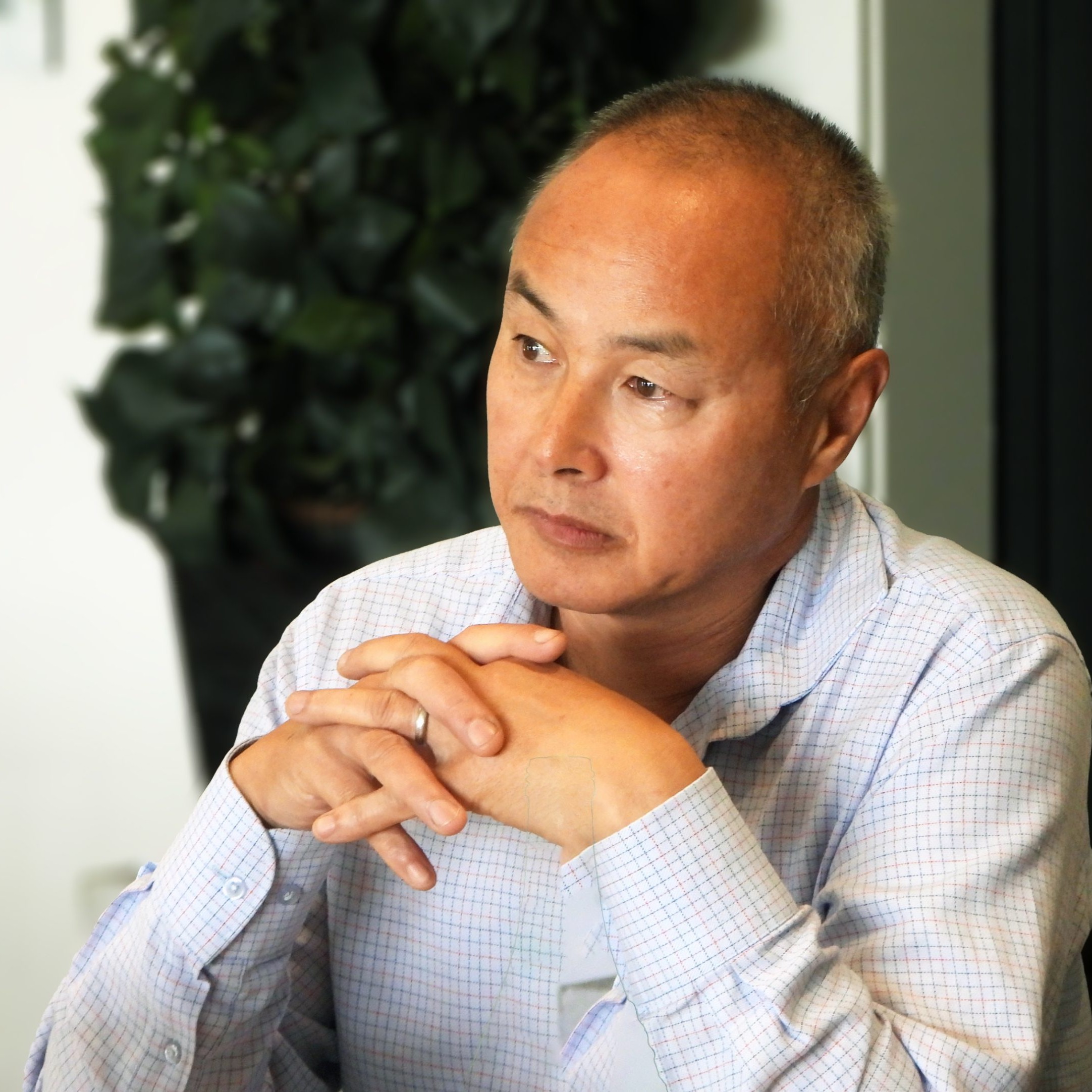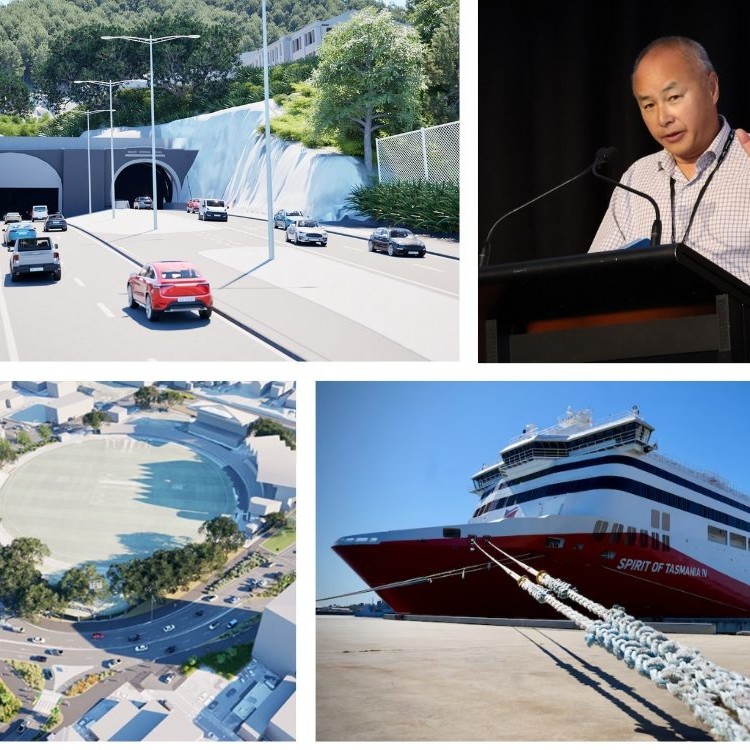
I don’t want to sound like a parrot as I know last week I wrote about road funding but given potholes have featured heavily in the media this week I want to cover some other related issues.
Last weekend the National Party pledged to create a $500 million Pothole Repair Fund to repair local roads and state highways if it is elected.
National’s transport spokesperson, Simeon Brown, said New Zealand roads are the worst they have ever been, and are unsafe to drive on. Brown told RNZ’s Morning Report that the government was spending more money but delivering less on road repairs. If it gets in, National intends funding pothole repairs out of money currently allocated for speed reduction as part of the Road to Zero programme.
My first observation regarding National’s announcement and the significant media follow up was that it’s great that the deteriorating quality of our roads is getting political attention and the media interest demonstrates this is something the public care about. That should be good for us.
It’s not our role to tell you who to vote for but it is our role to give you information that helps with your decision-making.
An important context is that the three-year 2021-24 National Land Transport Programme (NLTP) has $7 billion allocated for repair and maintenance of local and state highways. Of that, $2.8 billion is allocated to state highways – a 30 per cent increase on the 2018-21 NLTP. However, despite that 30 per cent increase, the network is still deteriorating.
The 2021-24 NLTP also allocates a total of about $7 billion to Road to Zero, rail and public transport. On face value, National’s idea of reallocating funding from these areas of questionable value and return on investment sounds sensible but an additional $500 million represents a 7 per cent reallocation. Whether that scenario eventuates we shall have to wait and see, but given the magnitude of previous changes I can’t see it turning the tide.
Furthermore, in our view, success in road funding should not be measured on whether or not the allocated NLTP budget for repair and maintenance has been spent. In our view it would be much better to take an outcome-based approach, and in particular, invest what’s needed so that the network is not deteriorating.
Last week I commented about our not having much confidence that those in charge of roading projects are getting it right. Waka Kotahi’s recently announced proposed safety improvements for State Highway 5 between Tirau and Tarukenga Marae Road is a case in point.
The next section of the route is now under investigation however, Waka Kotahi has already ruled out any changes to Fitzgerald Glade. I find that perplexing because from a state highway safe road design perspective, that section is poor. It has sub-standard shoulder width and the multitude of trees close to the shoulder present considerable roadside hazards. But Waka Kotahi tells us: “No changes are proposed for the road through Fitzgerald Glade to preserve the special character of this beloved section of the road.”
Since when did the attributes of a road being of “special character” and being “beloved” trump Vision Zero? That kind of inconsistent thinking makes it hard for us to fathom Waka Kotahi’s decision-making.
Trucks are best at paying their share
Another of the challenges faced by our industry are the common misperceptions about the damage trucks do to roads and how they pay for it.
The Ministry of Transport recently released its Domestic Transport Costs and Charges Study (DTCC Study). The report aims to improve the understanding of the costs of the provision and use of New Zealand’s domestic transport system. It also looks at costs relative to the charges or burdens facing transport users to improve our understanding of the economic, environmental, and social costs associated with different domestic transport modes.
Two of our initial findings should be particularly useful to us busting the myth that trucks do all the damage and they don’t pay their way.
The DTCC Study shows that no road users pay their full costs. However, breaking down the aggregated figures between person transport and freight movements shows the $4.8 billion total user revenue is earned about $2.9 billion from person transport (average cost recovery 49 per cent) and $2 billion from freight transport (average cost recovery 56 per cent). In other words, the average cost recovery for freight transport is higher, or better, that the cost recovery for person transport.
Furthermore, when considering respective user charges and the public sector costs covered by each mode, cars cover 55 per cent of their costs, rail freight only covers 39 pr cent of its costs while heavy trucks are covering 76 per cent of their public sector costs.
So next time you hear car drivers ranting about trucks not paying their way, hopefully this information is useful in bringing some facts and balance to that discussion.
Waka Kotahi says “No changes are proposed for the road through Fitzgerald Glade to preserve the special character of this beloved section of the road.”

Waka Kotahi says the SH5 route between Tirau and Tarukenga has been identified as a high-risk highway and is proposing median safety barriers and roundabouts.






